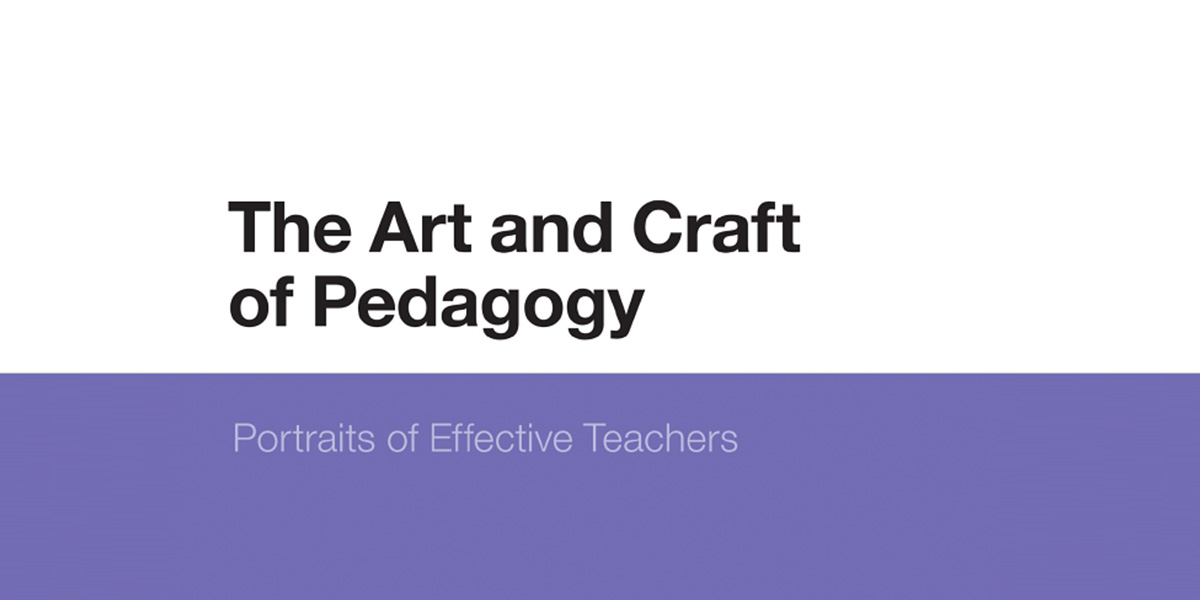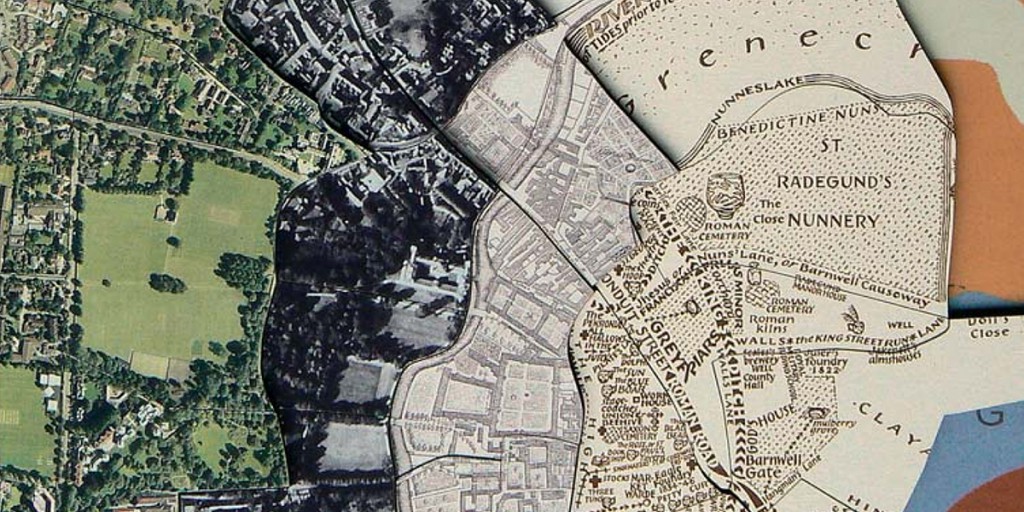The Art and Craft of Pedagogy



This puzzle invites you to look back in time, uncovering the layers of Cambridge and discovering why some places have changed whilst others remained the same.
Each layer tells a story: geology shaped where people first settled and built, and the map highlights the importance of the river to Cambridge past and present.
A Cambridge Palimpsest shows what has been lost and forgotten and conveys a sense of the town before the University was established in 1209.
Custance’s 1798 map illustrates a compact centre with its tight medieval streets, crowded alleys and yards, but also shows the growth of the University and Colleges. By the 1940s Cambridge had spread beyond its medieval core, the suburbs expanding into the farmland fields which for so long had surrounded it. And, finally today, a picture of a modern city, still with many green spaces and reminders of its past.

Issam Kourbaj is Artist in Residence and a Bye-Fellow at Christ’s College, Cambridge. Born in Syria, he trained in Damascus, Leningrad and London and comes from a fine art, architecture and theatre design background. His work has been exhibited in three continents and is held in a number of collections, including The British Museum.
In recent years, Issam has drawn inspiration from the world of science, particularly light and optics: his recent installation Light Within, Life Without used camera obscura to encourage people to look differently at familiar scenes, and was displayed at the Botanic Gardens in Cambridge as part of Cambridge University’s 800th anniversary celebrations and at the Kettle’s Yard Upside Down/Inside Out exhibition. He has also designed an analemma sundial as a performance art piece, as part of Light Matter, and recently published Cambridge Palimpsest — a layered puzzle and map charting the development of the city over time — and has worked on a set design for Let Newton Be! which has been performed in Cambridge.
Further Information:
In 2009, in conjunction with the University of Cambridge’s 800th Anniversary Celebration, Light Matter: Celebrating 800 Years of Science Through Art, combined contemporary dance, live music, and stunning visual effects in a celebration of Isaac Newton and his epoch-making quest to understand the nature of light. The venue was in the historic Senate House which hosted a dance performance for the first time ever.
This event represented a remarkable collaboration between professional and emerging artists. The programme featured world premieres of work by renowned artists such as Vanessa Fenton of the Royal Ballet, artist Issam Kourbaj and composer David Earl. There was a full slate of new work by Cambridge Contemporary Dance; choral singing and a haunting performance on the Theremin by inventor Leon Theremin’s own grand-niece, virtuoso player Lydia Kavina. Set and lighting designers took Senate House itself as their canvas, creating site-specific artwork of scope and daring.
“Can theatre be a platform for science? In the hands of Baxter, Morris and Menagerie Theatre – yes. Spectacularly yes…Baxter creates a unified Newton who will awe and move modern audiences.” – Science, volume 326 November 2009.
Isaac Newton – heretic, alchemist, scientist. An iconic figure whose shadow looms large, while remaining a mystery to many. A devout, difficult, obsessive man who sought and found God in universal laws of light and motion. Award-winning playwright Craig Baxter focuses on the clash of scientific discovery with religious fanaticism, to tell a story of obsession and possession.
Using only the words of Newton, and those of his contemporaries, we see him as farm boy genius, secretive scholar and wiley politician. Above all, here is Newton as a human being – unique, comical, and relentlessly driven by his own curiosity.
The production toured the UK & US in 2011 and received fantastic reviews!
One + eleven = two was begun on 25th January 2007 and was completed that June. The idea was to make a daily record of my thoughts, by planting marks and drawings on each of the 10,000 pages of a redundant Encyclopedia Britannica. The daily process consisted of drawing from life, or from images or by reflection on memories of the sounds, the smells of things I have touched and been touched by. All the mark-making territories I could conceive of were explored: Arabic script, pattern, collage, geometrical forms, monoprint, cutting through the page, sanding and tearing the surface of the paper, drawing with my “wrong” hand, or upside down, and deliberately using a variety of inks, oils, pencils, wax and solvent to soak through or make the paper translucent.
Volume by volume, each page presented itself as a space to react against and play with, and gradu ally the palimpsest of bleed-marks from my work on the adjacent page, texts, illustrations and newly applied marks, created a fusion of heart-beat and “mind-beat”. One idea might live for a short time through one, two or three drawings, only to revive a few weeks later; another could create an unstoppable sequence, or sequences and then vanish, never to return.
The story that you “read” here is pulled, by two energies, the one formed by tracing images parallel to the alphabetised knowledge, the other, the ‘actual’ sequence of thought conveyed horizontally across the volumes. The name that came to me – One + eleven = two is my response to the unexpected vertical distance between successive images.